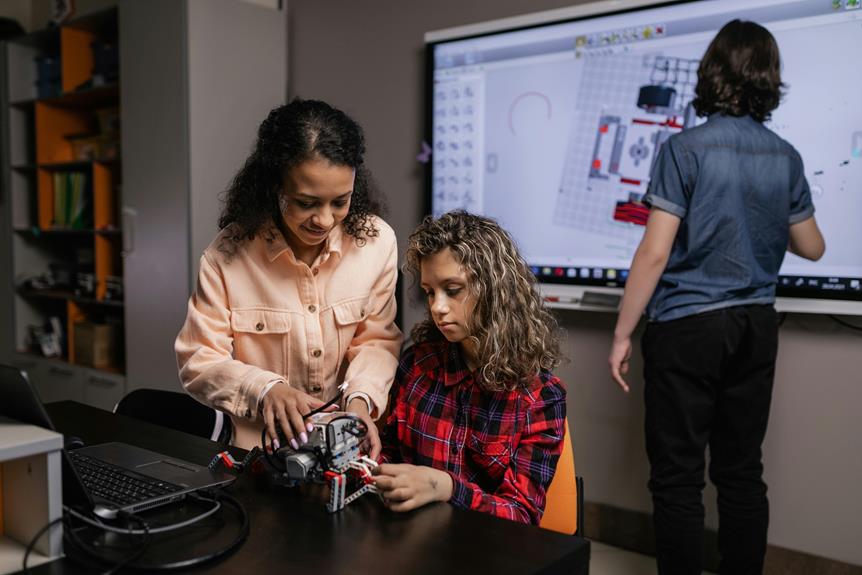Gamification in archaeology has revolutionized research methods by incorporating interactive simulations and digital storytelling, offering a more immersive historical understanding and broadening audience engagement in exploring ancient civilizations. By integrating gamified activities, participants not only enhance their learning experiences but also contribute to innovative data collection and analysis. Overcoming challenges such as player motivation and resource allocation is crucial for successful implementation.
Looking forward, advancements in technology like virtual reality and citizen science initiatives are expected to further enrich archaeological gaming experiences, providing informative and immersive encounters. Discover how these strategies are shaping the future of archaeological exploration.
Key Takeaways
- Gamification enhances engagement in archaeology.
- Interactive simulations immerse participants in historical contexts.
- Gamified activities attract a broader audience.
- Innovative data collection and analysis methods are employed.
- Deeper understanding of civilizations is facilitated.
The Evolution of Gamification in Archaeology
In recent years, the integration of gamification into the field of archaeology has undergone a significant transformation, revolutionizing traditional approaches to research and engagement with the past. Through interactive simulations and digital storytelling, archaeologists can now immerse participants in historical contexts, fostering a deeper understanding of civilizations.
These innovative methods enhance learning experiences, making the study of archaeology more engaging and accessible to a broader audience.
Benefits of Gamification for Research
Gamification in archaeology has proven to be a valuable tool for enhancing research outcomes by fostering active participation and promoting a deeper understanding of historical contexts.
- Increasing participation: Gamified activities attract more individuals to engage with archaeological projects.
- Data collection opportunities: Gamification provides innovative ways to collect and analyze data, enhancing research efficiency.
- Enhanced learning: Through interactive gameplay, participants gain a richer understanding of historical events and cultures.
Enhancing Public Engagement Through Gamification
Employing interactive gaming elements in archaeological projects can greatly enhance public engagement levels and foster a deeper interest in historical exploration.
By tapping into player motivation and providing interactive experiences, gamification strategies can make learning about archaeology more enjoyable and accessible to a broader audience.
Through gamified activities and challenges, participants are immersed in the archaeological process, sparking curiosity and encouraging active involvement in historical discovery.
Overcoming Challenges in Implementing Gamification
Challenges arise in the implementation of gamification strategies within archaeological projects, requiring careful consideration and strategic planning to navigate potential obstacles successfully.
- Player motivation, engagement
- Design flexibility, adaptability
- Resource allocation, time constraints
Implementing gamification demands addressing player motivation and designing flexible systems that can adapt to different project requirements. It also involves effective resource allocation and managing time constraints to guarantee the successful integration of gaming elements.
Future Trends in Archaeological Gamification
In the domain of archaeological research and engagement, emerging advancements in technology are shaping the trajectory of incorporating interactive elements to enhance user experiences.
Future trends in archaeological gamification include leveraging virtual reality experiences and data visualization to provide immersive and informative encounters.
Additionally, the integration of citizen science initiatives and educational outreach programs will further enrich the interactive and educational aspects of archaeological gaming experiences.









































